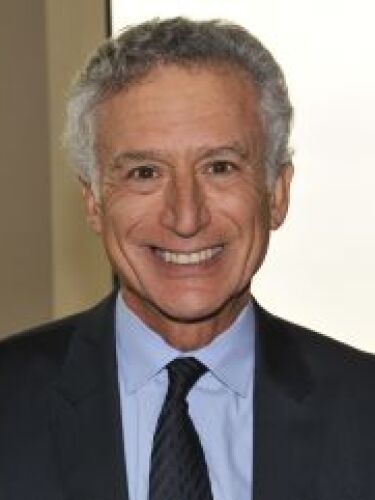The FDA’s approval of Biogen and Eisai’s Leqembi and subsequent decision not to approve Eli Lilly’s donanemab have sparked debate anew about the anti-amyloid theory in Alzheimer’s.
Courtesy of Getty Images
After taking a beating in recent years, the anti-amyloid theory in Alzheimer’s disease has been revived by the accelerated approval of Biogen and Eisai’s Leqembi (lecanemab) and the FDA’s subsequent decision not to approve Eli Lilly’s donanemab.
Evolution of a Hypothesis
“What we’re seeing now is a harvest of four decades of research,” said Howard Fillit, M.D., co-founder and chief science officer of the Alzheimer’s Drug Discovery Foundation, in an interview with BioSpace.
“That includes not just understanding the biology of amyloid but also learning how to do both effective and efficient clinical trials using novel biomarkers where we’ve had major advances.”
Ivan Cheung, chairman and CEO of Eisai, Inc., concurred.
“We’ve come a long way in the ‘so-called’ amyloid hypothesis,” he told BioSpace. “But I don’t think the job is done yet.”
He said that the term “amyloid hypothesis” is too general.
"[It] is probably an overly broad phrase to describe something much more complex. The [earlier] clinical trials didn’t even enroll [amyloid-positive] patients. In the past couple of years, we’ve understood the level of amyloid burden you have to get rid of in order to see a clinical effect.”
Cheung said targeting is critical “not only to clear the amyloid burden but also to get rid of the toxicity in the brain’s synapses to drive a better clinical outcome.”
Eli Lilly’s Phase II TRAILBLAZER-ALZ study, which was the basis for the company’s failed accelerated approval bid, is a prime example of this specificity.
The trial enrolled patients with early symptomatic AD who were positive for both amyloid and the tau protein as identified by positron-emission tomography.
Researchers designed the study based on donanemab’s specificity to target deposited amyloid plaque.
Donanemab, a humanized IgG1 antibody, targets the N-terminal pyroglutamate Aβ epitope, which is present only in established plaques.
Patients were allowed to end treatment when plaque clearance reached a predefined level. Lilly reported that this resulted in a limited number of patients on the drug for at least 12 months, leading to the FDA’s rejection.
Fillit said the science has evolved to the point where researchers know how to do the clinical trials, and “we have biomarkers where we can really test the amyloid hypothesis for the first time after 40 years of research.”
Data from the Phase III TRAILBLAZER-ALZ 4 study showed that 37.9% of donanemab-treated patients achieved brain amyloid plaque clearance at the 6-month mark.
“The improvements we’re seeing with these anti-amyloid antibodies slowing the rate of decline by about 30% is the beginning of a new era,” Fillit said. “Ultimately, our goal is to get to a 100% rate of decline through the use of combination therapy.”
There are other voices in the industry who believe the removal of amyloid plaques is not sufficient to determine an effective AD drug, as research has not definitively proven this improves function.
Further Investment and Evolution
Certainly, the consensus among experts is that the anti-amyloid approach alone will not be sufficient.
Cheung said it is clear from the Leqembi data gathered so far that combination approaches with other mechanisms will be warranted sequentially or simultaneously. He envisioned a world where science could stop the progression of AD rather than slow it down.
“I think it is a lofty but potentially achievable goal with multiple mechanisms at work,” he said.
To this end, Eisai is developing an anti-MTBR tau antibody called E2814, which is expected to prevent the spread of tau seeds within the brain.
Michael Irizarry, M.D., senior vice president of clinical research at Eisai Inc., explained the relationship between amyloid and tau and its impact on neurodegeneration.
“Tau tangles can occur normally in an area called the medial temporal lobe,” he said. “But when amyloid is present, then tau can then spread beyond that medial temporal lobe to the rest of the temporal lobe, and the areas where tau occurs are where the neuronal loss occurs as well.”
Lecanemab is the base therapy in the Phase II/III Tau NexGen trial being conducted in collaboration with Washington University’s Dominantly Inherited Alzheimer Network Trials Unit. Patients with an Alzheimer’s disease-causing mutation are then given E2814 in both a sequential and simultaneous manner.
While scientists seek to explore further and confirm this relationship and other mechanisms, lecanemab and donanemab demonstrate that amyloid is still very much a part of the AD treatment equation.








